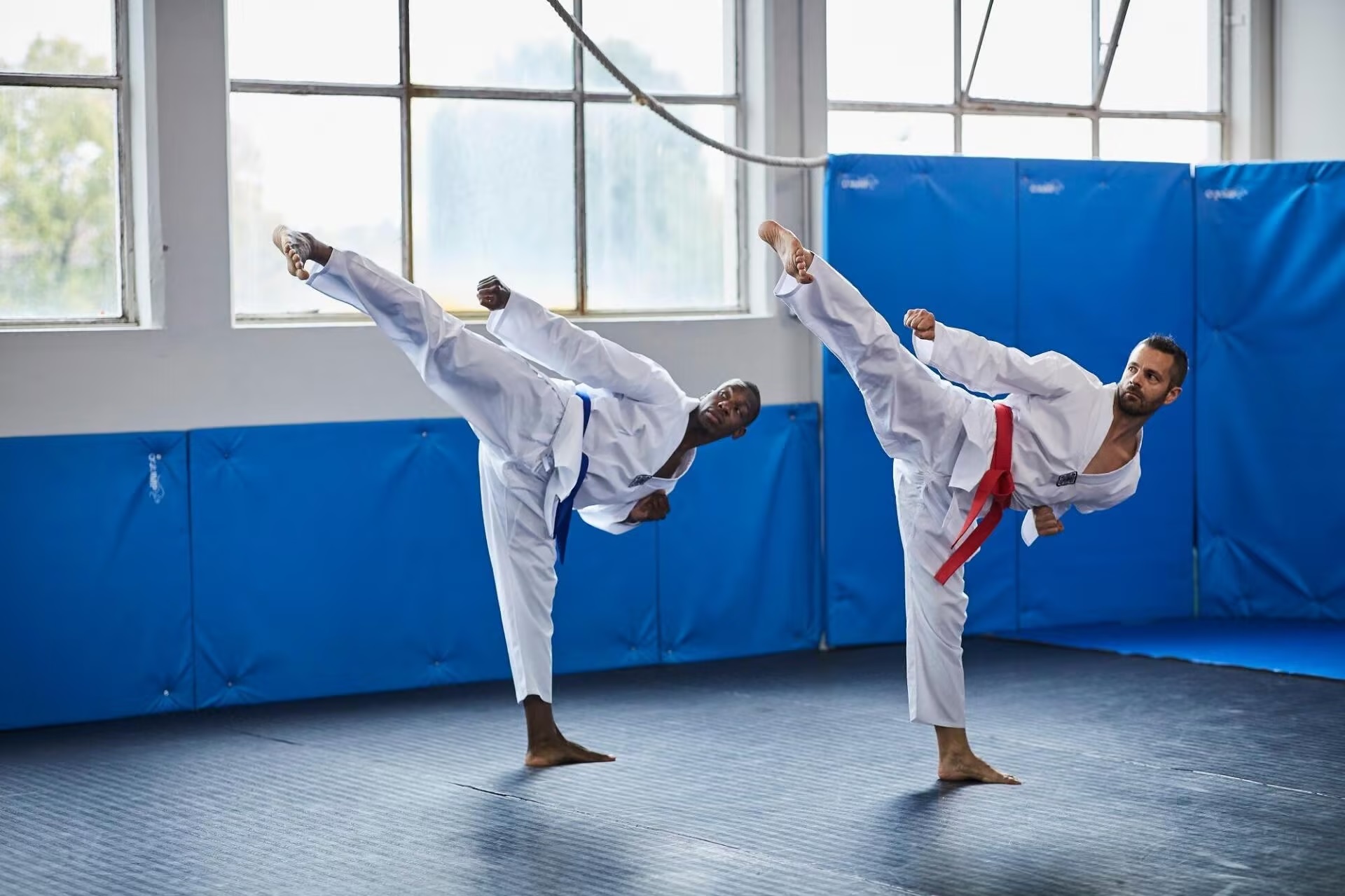Introduction to Taekwondo: A Comprehensive Overview

Taekwondo is a Korean martial art distinguished by its emphasis on head-height kicks, jumping and spinning kicks, and fast kicking techniques. It’s not just a physical activity but also a practice of mental discipline and self-improvement. The ultimate guide to Taekwondo would encompass its history, techniques, forms (poomsae), sparring (kyorugi), self-defense, breaking (gompa), and the philosophical aspects that underpin this revered martial art.
History and Philosophy
Originating from Korea, Taekwondo combines combat techniques, self-defense, sport, exercise, meditation, and philosophy. “Tae” means to destroy with the feet, “Kwon” implies punching or destroying with the hand, and “Do” means way or method. The philosophy of Taekwondo is traditionally rooted in the ethical and moral principles of the East, which include respect, humility, patience, perseverance, and a non-violent approach to life.
Techniques and Training
Training in Taekwondo varies between schools and belts but generally includes forms, sparring, self-defense, and breaking. Techniques include a wide array of kicks, punches, blocks, and open-handed strikes. Advanced techniques merge jumping and spinning with kicks for more powerful and dynamic attacks.
Poomsae
Poomsae, or forms, are a series of defensive and offensive movements performed against an imaginary opponent. Practicing poomsae helps students improve their techniques, balance, and mental focus.
Sparring (Kyorugi)
Sparring in Taekwondo is an Olympic sport. It requires full-body movement, combining the techniques learned in class into a competitive and controlled fight against an opponent. Protective gear is worn to ensure the safety of competitors.
Self-Defense
Though Taekwondo emphasizes sport and exercise in the modern era, it also teaches practical self-defense techniques. These teach students how to protect themselves using the art’s powerful strikes, blocks, and evasions.
Breaking (Gyeokpa)
Breaking demonstrates the power and precision of Taekwondo techniques and is often used in demonstrations and competitions. Practitioners break boards, bricks, or tiles with kicks, punches, or strikes.
Mental Discipline
The practice of Taekwondo is not complete without the development of mental and emotional discipline. Meditation, breathing exercises, and the study of Taekwondo philosophy are integral to training. This promotes a peaceful mind and a respectful attitude towards others.
In conclusion, Taekwondo is more than just a martial art; it’s a pathway to personal growth and physical excellence. Whether you’re a beginner eager to learn the basics or an experienced practitioner looking to elevate your skills, there is a place that can help you on this journey—Elevate Martial Arts. At Elevate Martial Arts, the commitment to tradition blends with a modern approach to training, ensuring every student can thrive in a supportive and dynamic environment. Embrace the full spectrum of Taekwondo’s benefits, from its powerful kicks to its deep-rooted philosophy, and join a community passionate about rising above the ordinary. Discover more about their programs and how you can start your transformative Taekwondo journey at Elevate Martial Arts.








